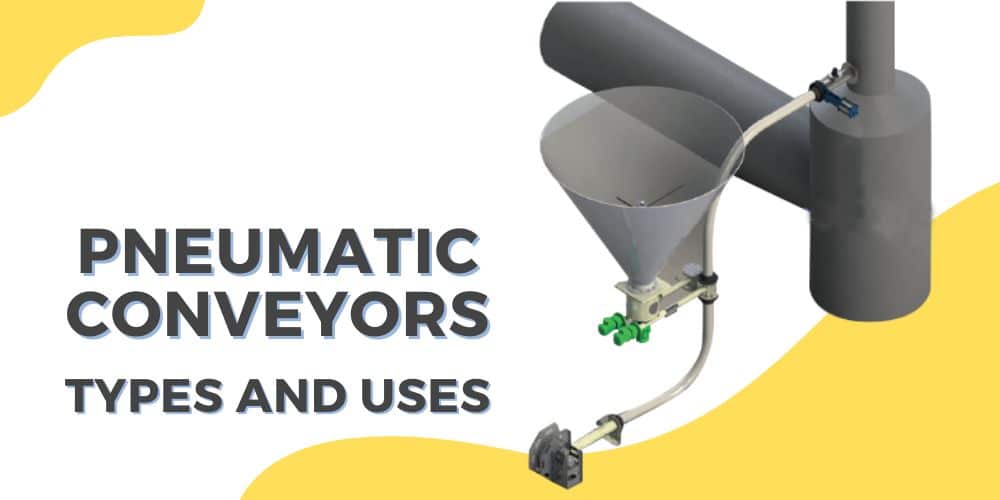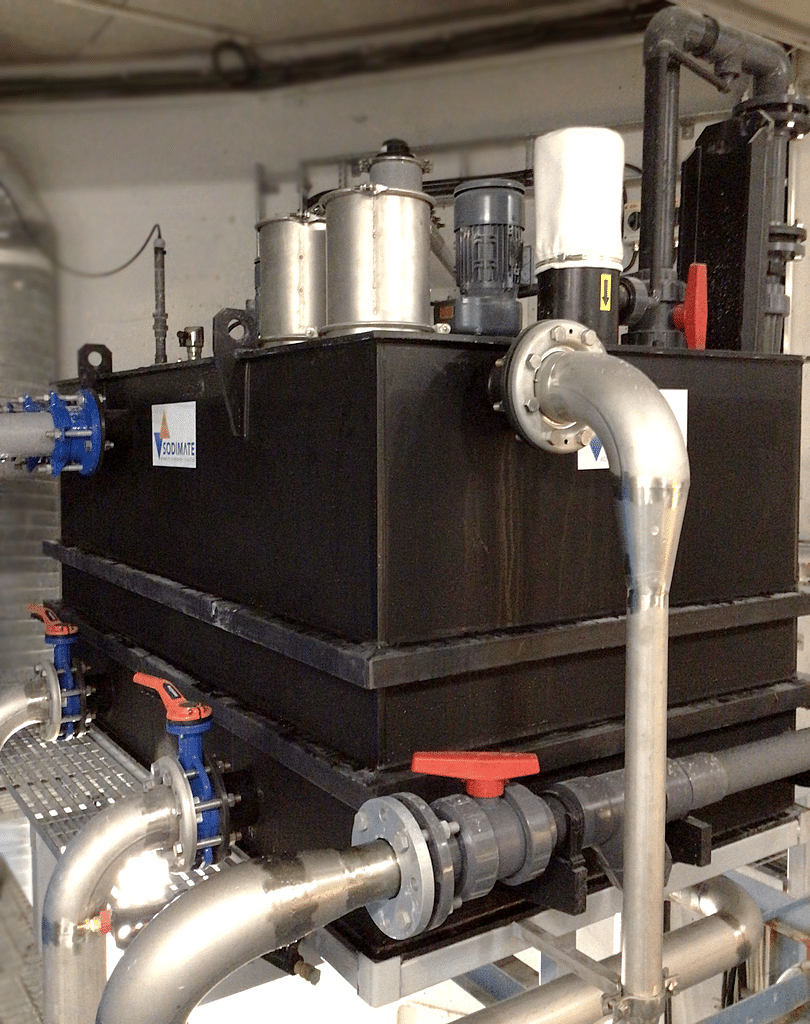In industries having a Flue Gas treatment and Water treatment plants, bulk materials need to be transported safely, efficiently, and with less equipment as possible. This is done with the help of material handling equipment, of which a pneumatic conveyor can be the best solution, especially for long-distance. Read on to see an in-depth analysis of the types and uses of pneumatic conveyor systems.
What Is A Pneumatic Conveyor?
A Pneumatic Conveyor is a combination of well-engineered components that work together to move substances and materials safely, efficiently, and economically. It is a system that uses a series of flexible pipes connected to a fan or blower to move dry, fine materials using airflow
Because pneumatic conveyors have fewer parts than other conveying systems, they’re most suited to moving on long-distance aggregates like sand, lime, cement powder, sugar, wheat, and other low-bulk density products in fine powder conditions and dry like wheat, activated carbon, slaked lime, soda ash, clay, polymer, etc.
How Does Pneumatic Conveying System Work?
The airflow is dimensioned based on the distance and feed rate. The powder is injected directly into the pneumatic conveyor pipe.
Pressure and velocity are controlled through sensors.
All the components are completely sealed to avoid any leakage
For moving fine powders, a blower or a fan is added to the system to improve the operation of the system.
What Are the Advantages of Pneumatic Conveyors?
Pneumatic conveyors are advantageous over other systems for the reasons below:
- They’re very flexible and can be custom-designed to fit around existing powder processing equipment.
- Due to their versatility and flexibility of the pipes, they take up a small amount of space on installation.
- They’re also much faster at conveying material and do so without losses, a major advantage for aggregates that would be difficult to convey safely and with minimal losses.
- They require lower maintenance than other systems as they have fewer moving parts than others subjected to wear and tear.
- They’re safer to use both for maintenance workers and operators.
- They present a lower risk of plant contamination as the material is moved through fully enclosed tubes or pipes.
- They allow Dry sorbant Injection on distances not reachable with classic screw conveyors
Types Of Pneumatic Conveyors
There are three types of pneumatic conveyors, which are defined according to the type of material they can move as well as the source of their airflow. These types are defined in detail below, but note that specific manufacturers may offer slightly different specifications for each.
1. Dilute Phase Pneumatic Conveyors (Most commonly used in dry sorbant injection)
This type of pneumatic conveyor system is commonly used for non-fragile materials. It utilizes high-velocity, low-pressure streams of air that fluidize fine particles. The material is pushed by a screw feeder directly inside the conveying line by and then sent through an air mover at high speeds. These conveyors work best with powders that have a low bulk density, and they can also effectively convey materials that tend to pack under pressure.
2. Dense Phase Pneumatic Conveyors
Unlike dilute phase pneumatic conveyors, this type of conveyor uses low velocity and high pressure and is suitable for products that are prone to breaking. The material is first loaded into a pressure vessel, from where it’s forced into the conveying line by high pressure and moved to its destination. In this case, the product is pulsed rather than fluidized, and it may sometimes be moved along with the help of air injectors. These conveyors move abrasives, heavy bulk density products, and other fragile materials slower and more gently than dilute phase pneumatic conveyors.
3. Semi Dense Phase Pneumatic Conveyors
The third type of pneumatic conveyor is the semi-dense phase pneumatic conveyor. It’s essentially a middle point between the two other systems and thus offers the qualities of both types. They have an air mover and are pressurized, so they can move bulk material at a slightly higher speed while still protecting it. They’re good for aeratable, abrasive materials such as fly ash and cement.
Bring a selection of your specifications to Sodimate and our team will suggest some effective potential solutions to set up a pneumatic conveying system in your plant from which you will be able to choose what you want. These details should include the type of material you intend to move as well as the space you have, among others. This way, you will be able to improve efficiency, cleanliness, and safety at your plant.
At Sodimate you will receive quality guidance throughout the process and get exactly what you need.







